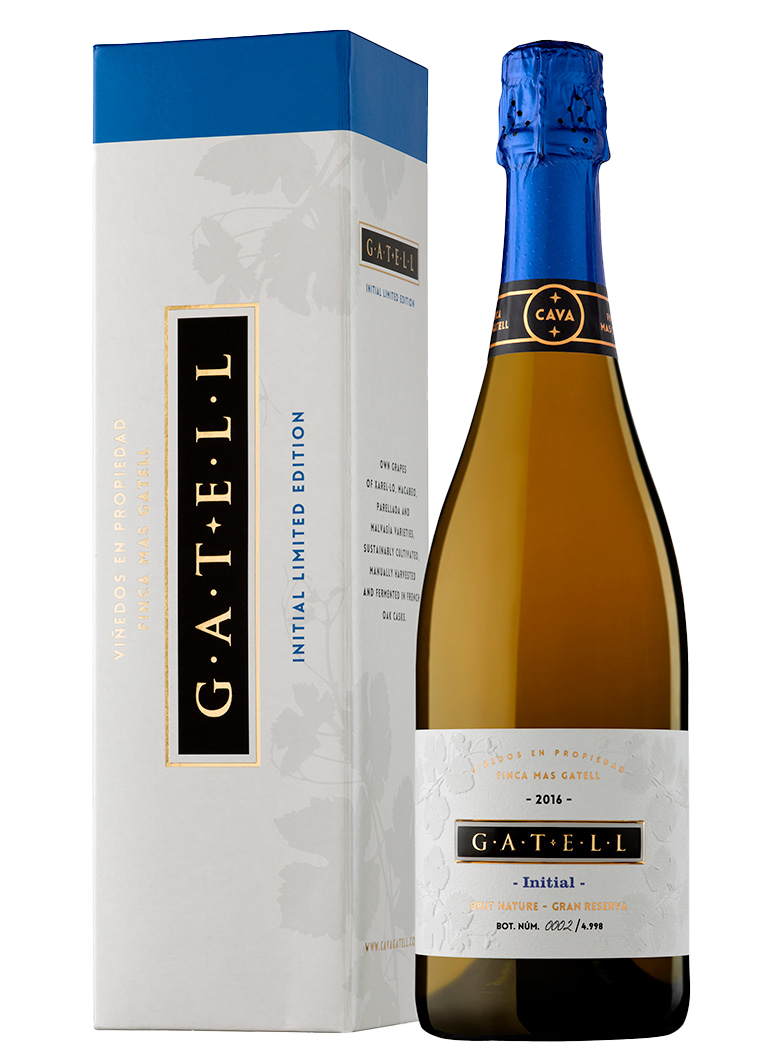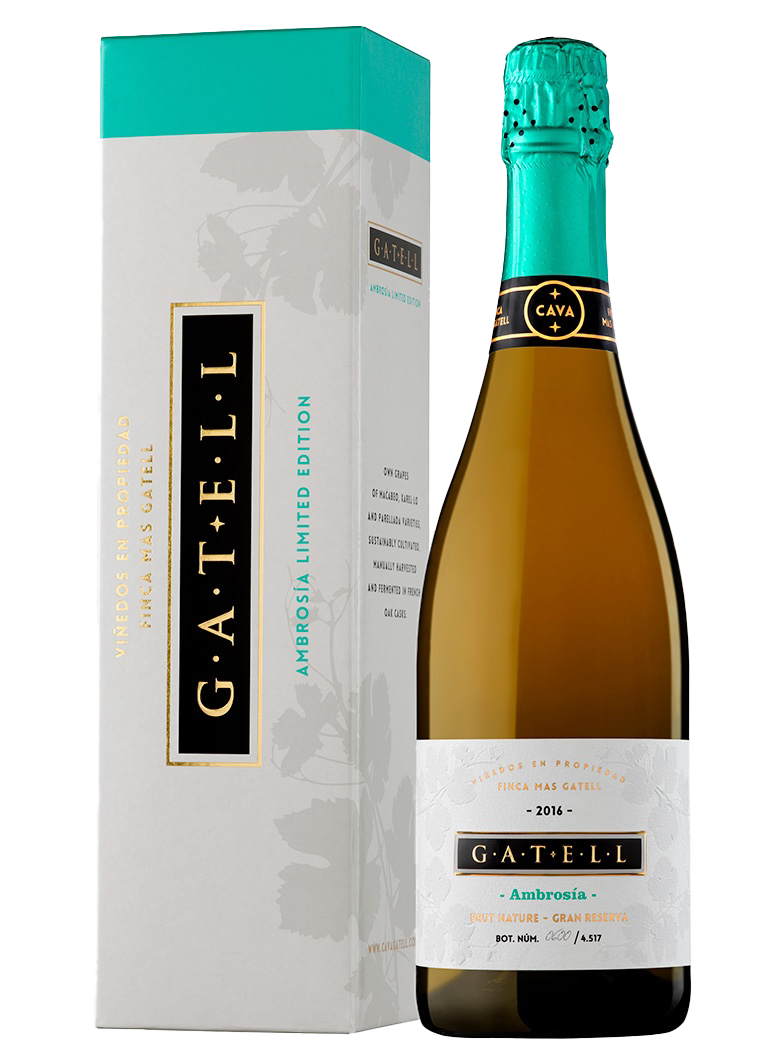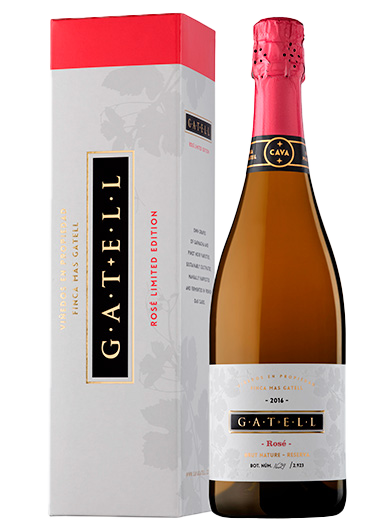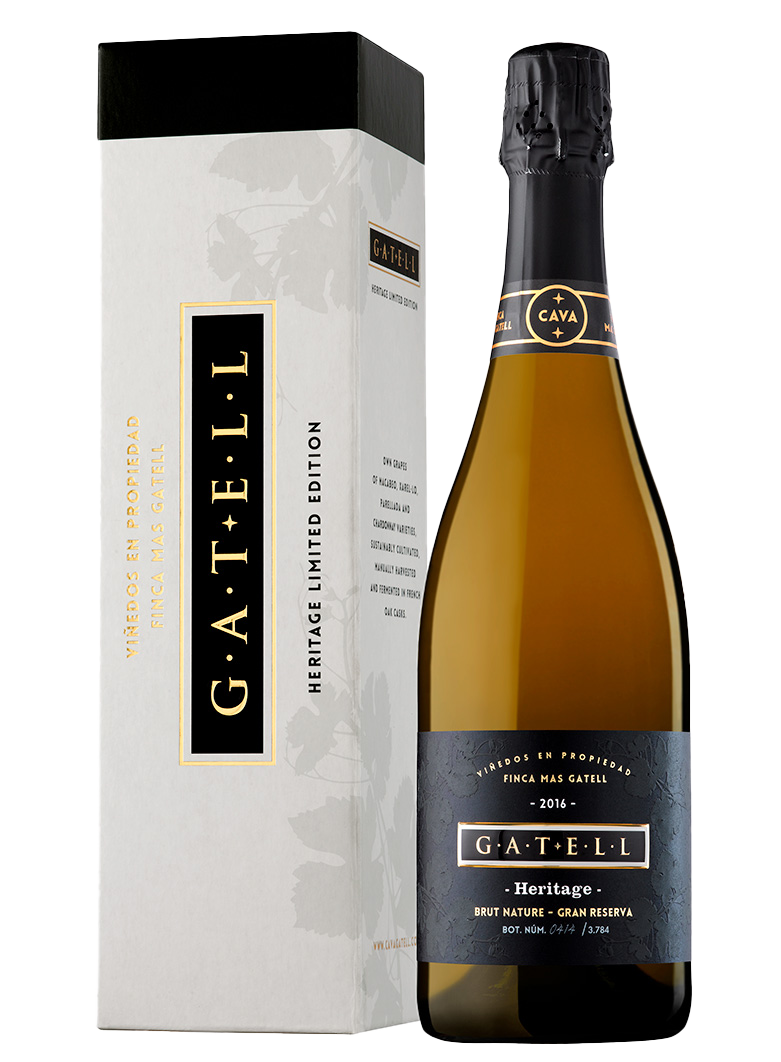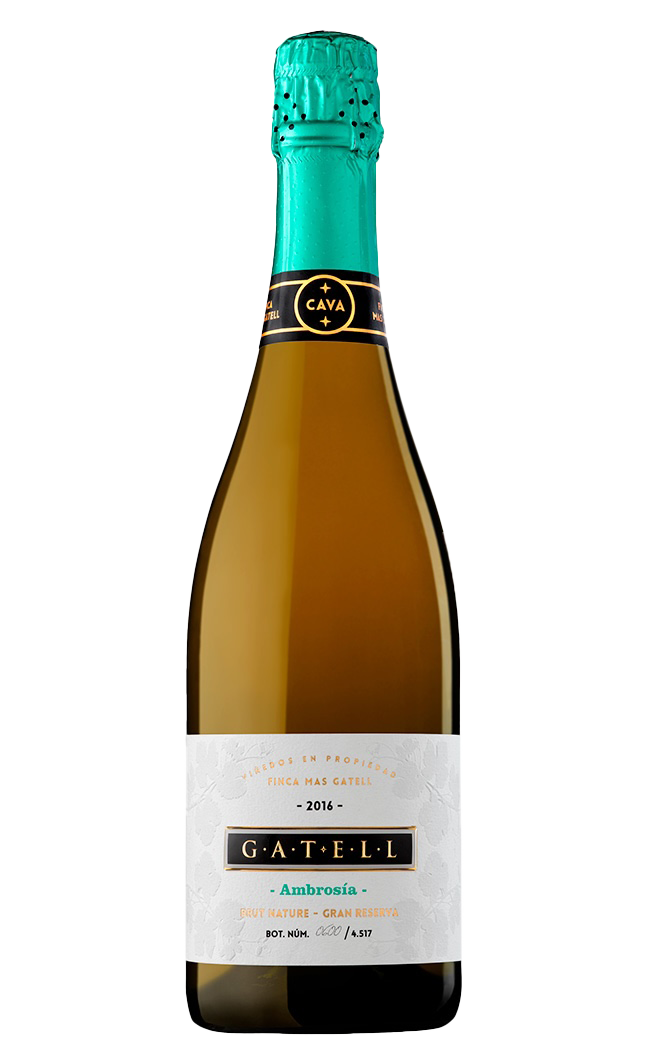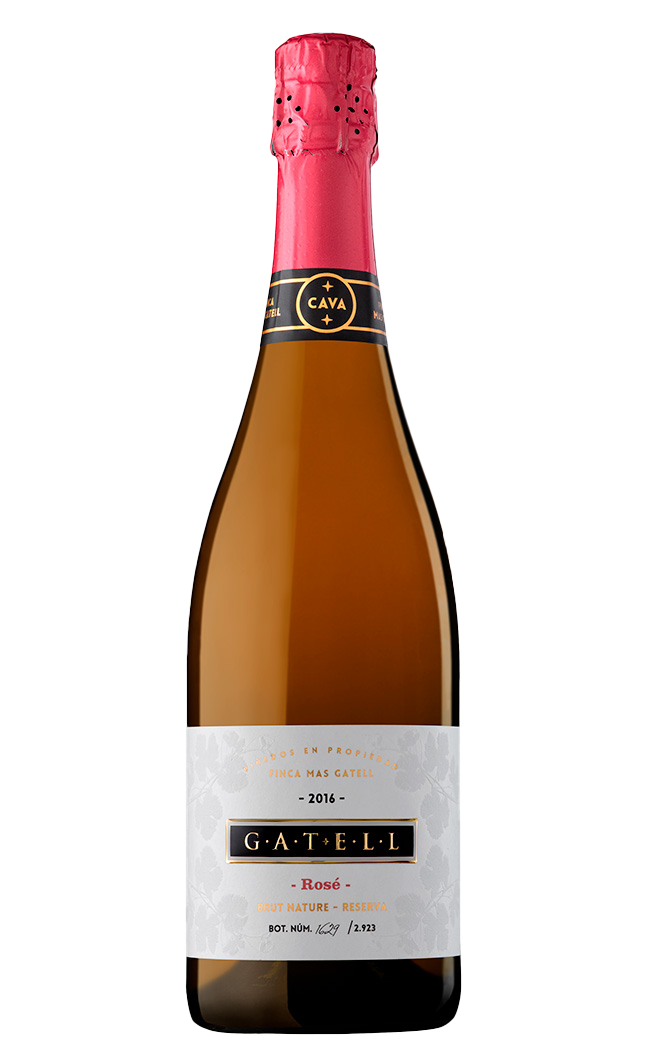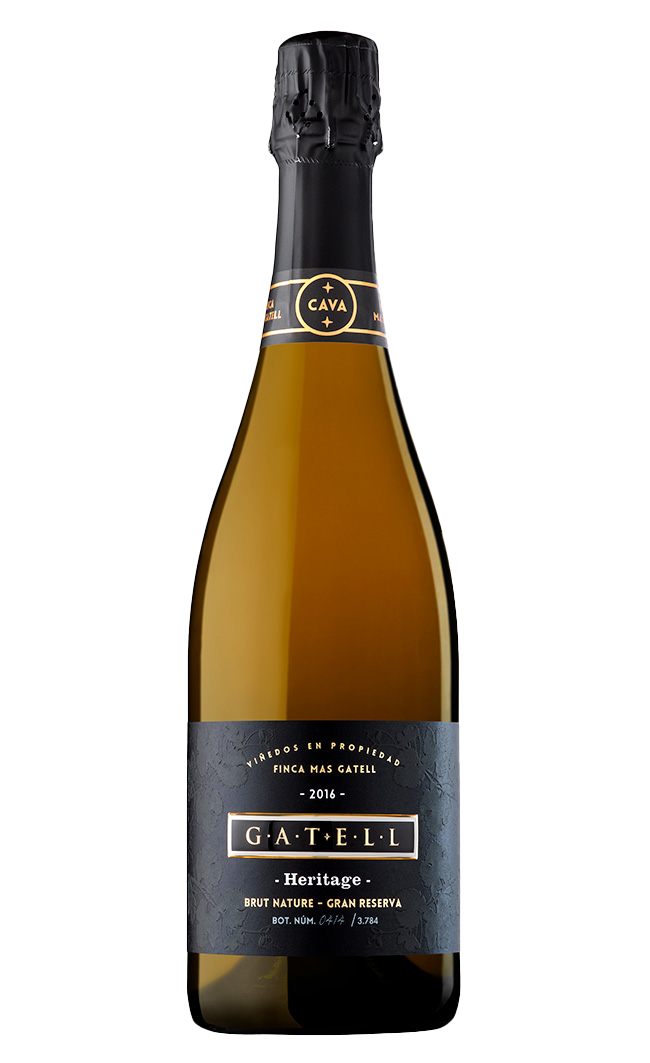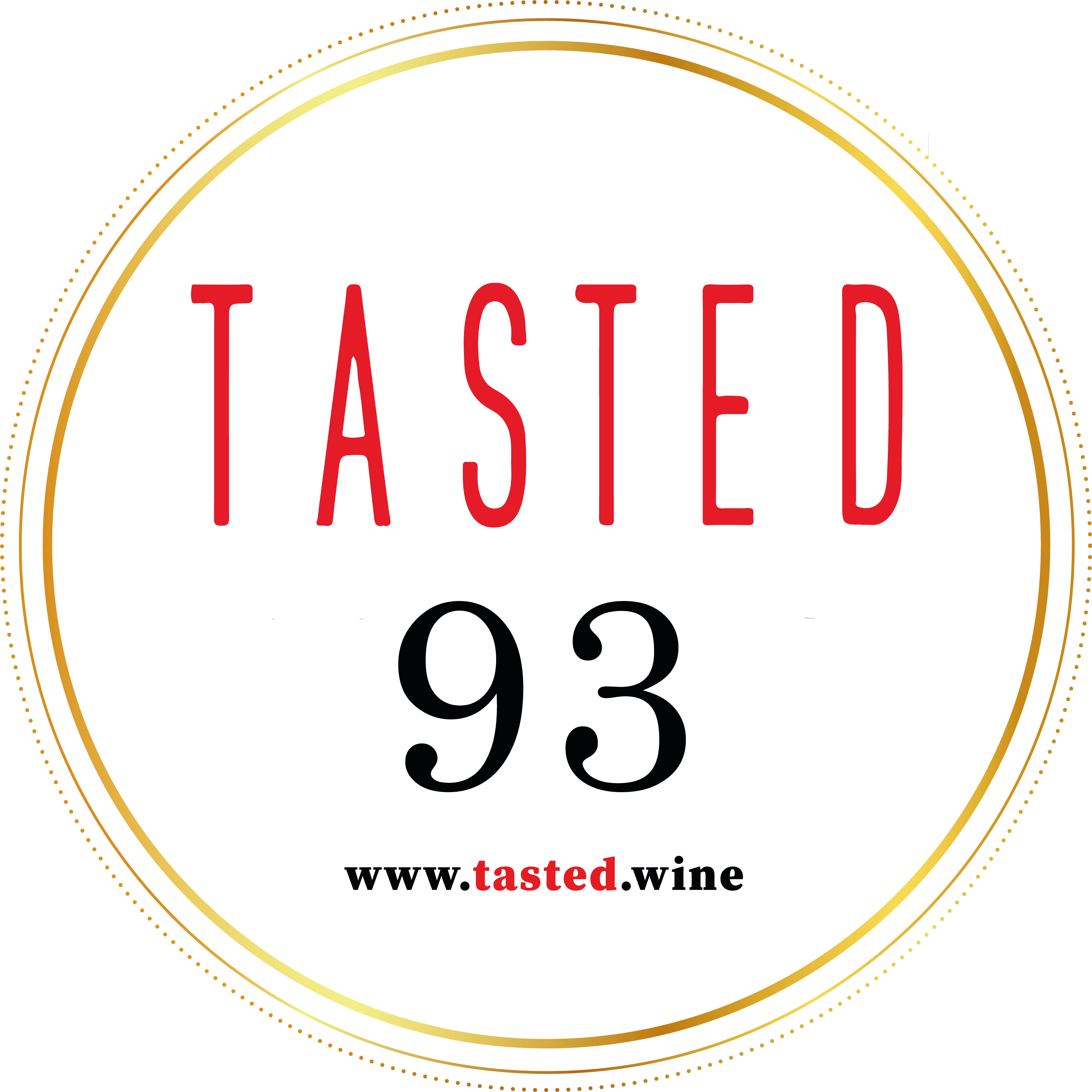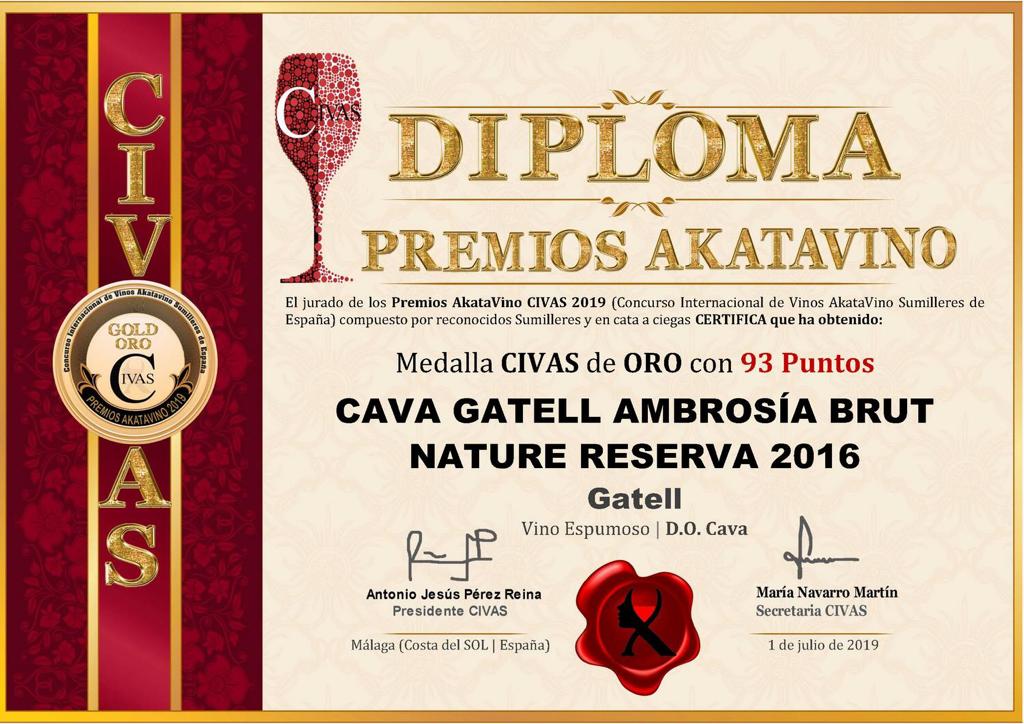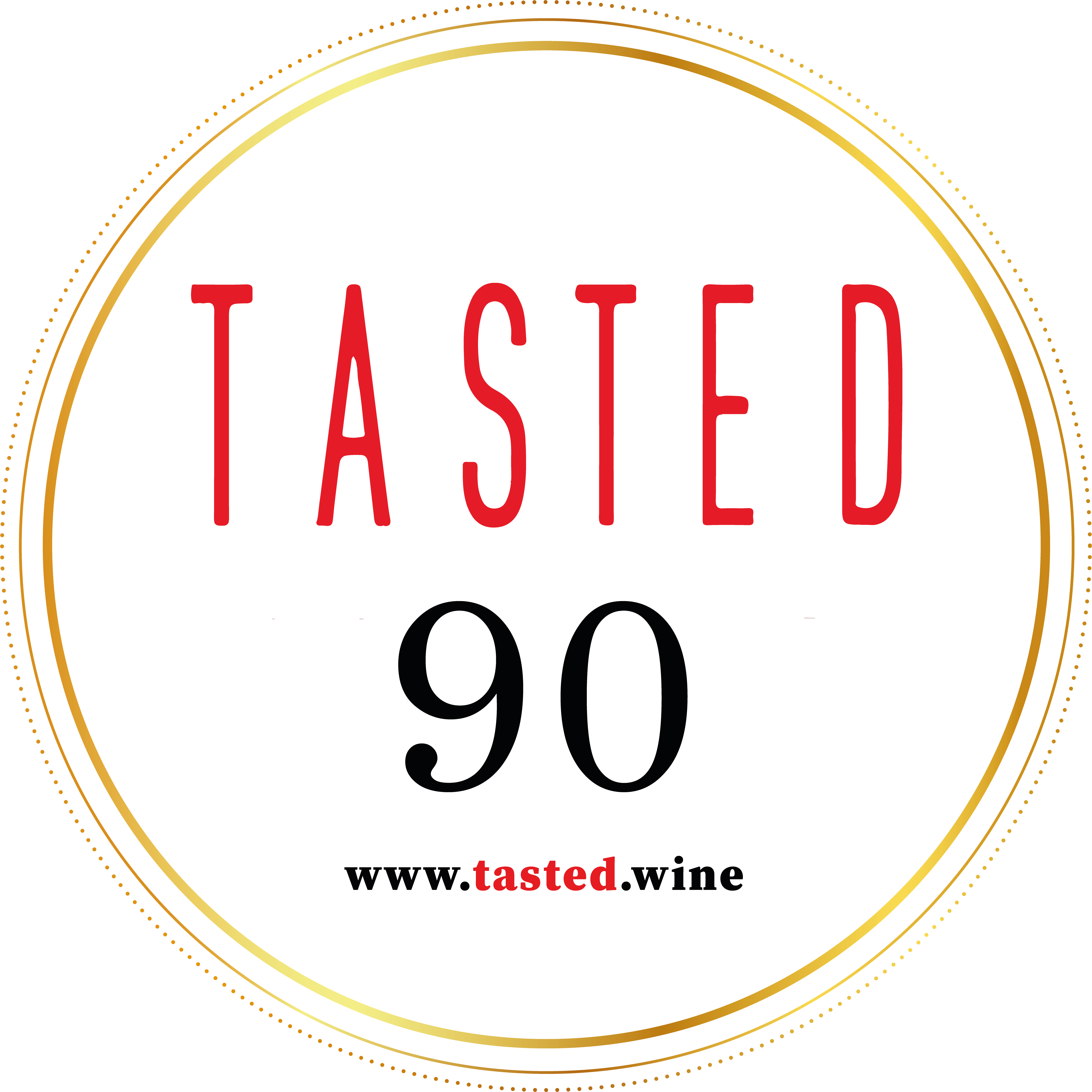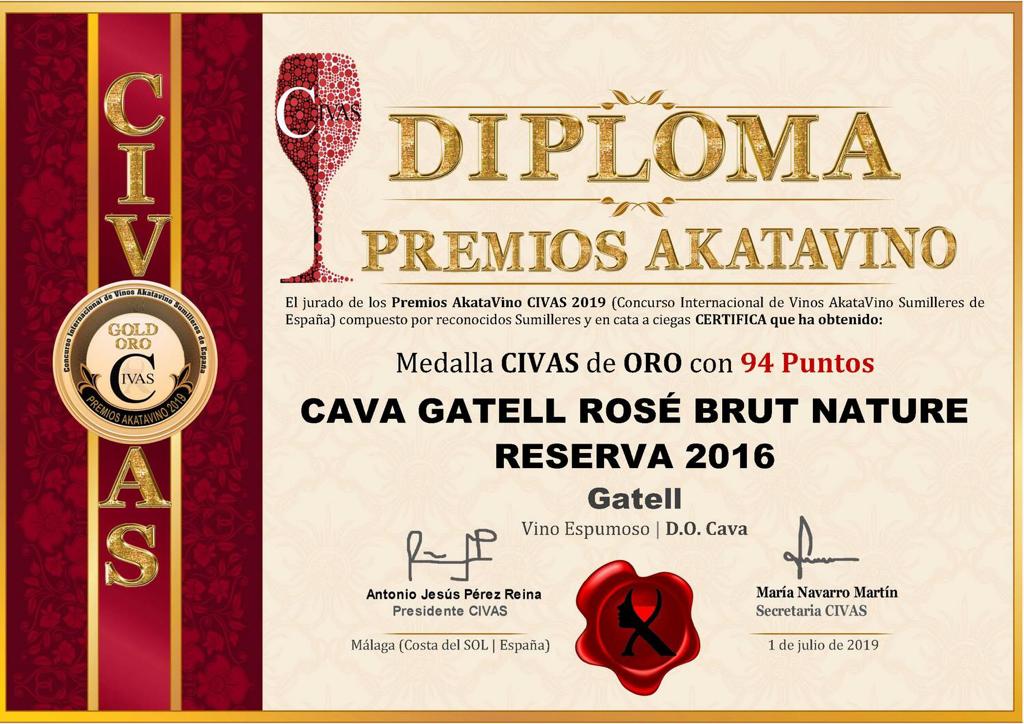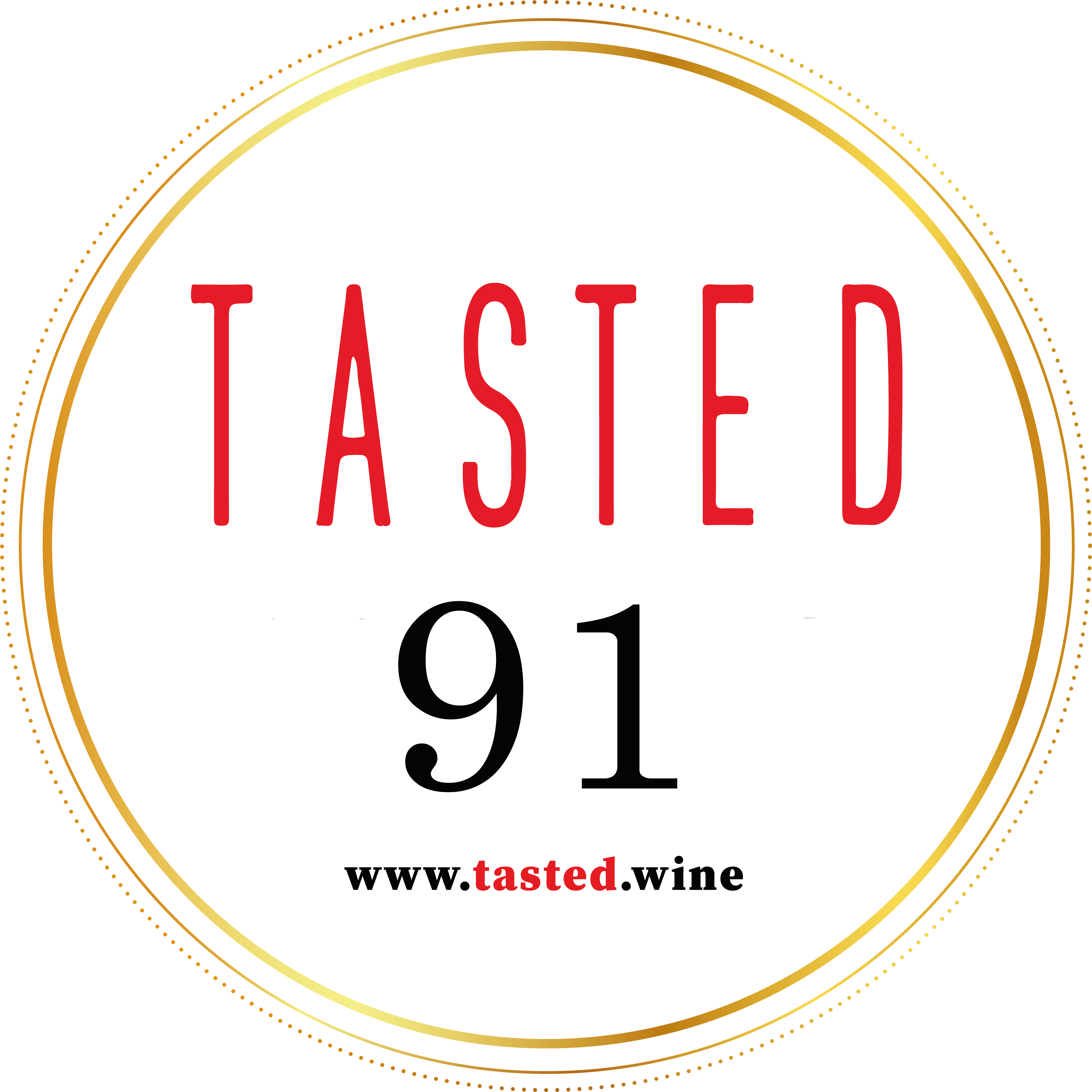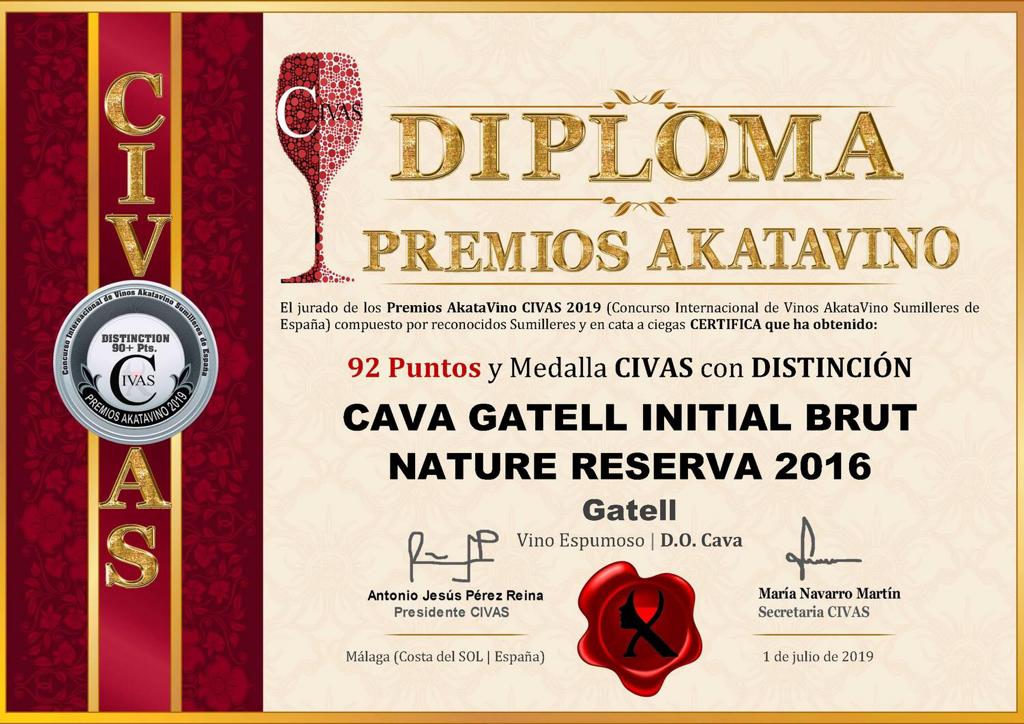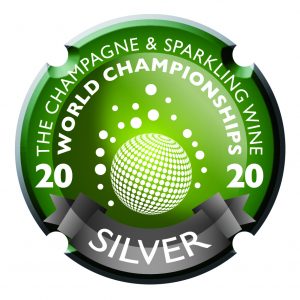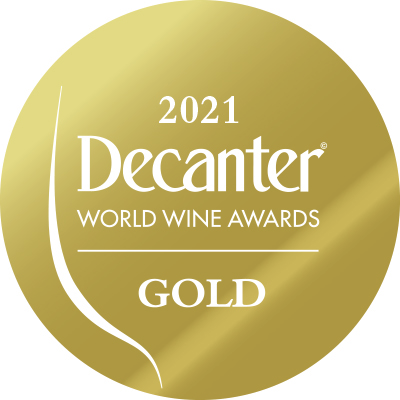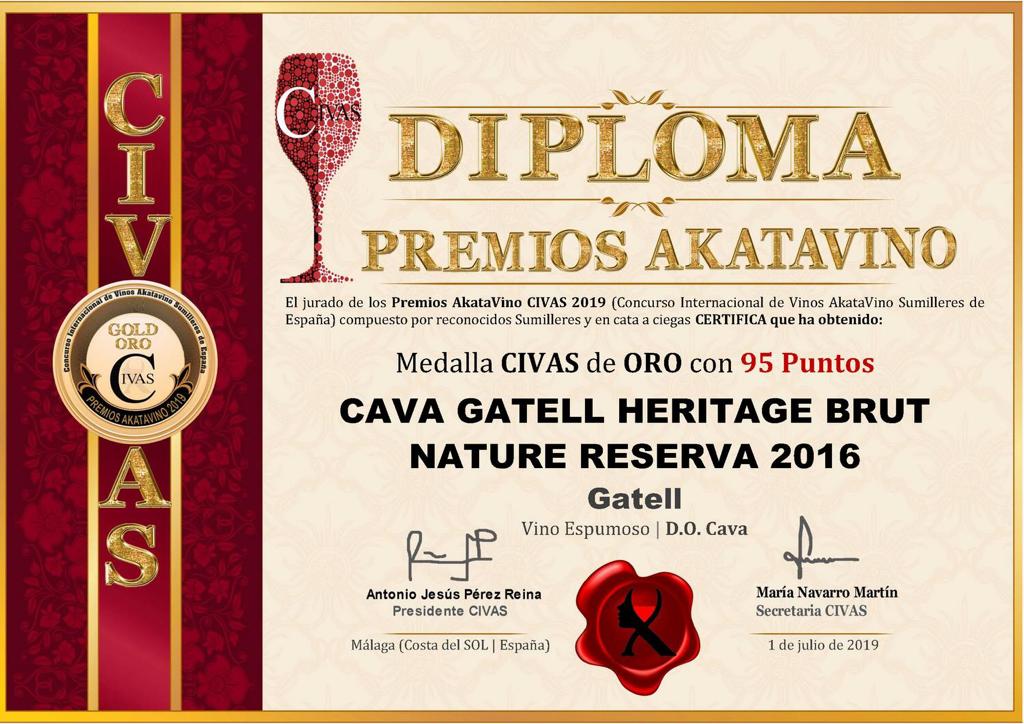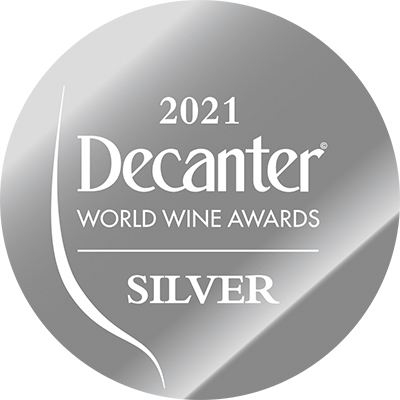El fruto de nuestros mejores viñedos, recogido a mano, llega a la bodega en cajas de 12 Kg para prevenir la rotura del hollejo. Las cajas se introducen rápidamente en una cámara frigorífica durante 24 horas para su maceración en frío.
Los racimos refrigerados pasan por la mesa de selección para ser despojados de hojas o partes que no cumplan con estrictos controles de calidad que nos imponemos antes de introducirlos en la prensa neumática.
La prensa es llenada con los racimos fríos enteros y se sustituye el aire por CO2 alimentario. Gracias al método de refrigeración e inertización se previene la oxidación precoz del mosto.
El mosto obtenido se dirige a unos depósitos donde la gravedad separa las partículas sólidas del líquido por decantación (desfangado).
La parte sólida es almacenada para su posterior uso como fertilizante natural.
La totalidad del mosto desfangado clasificado en variedades y parcelas se introduce en barricas de roble francés Alier y tostado medio de 300 litros de capacidad para el proceso de fermentación (transformación del azúcar en alcohol).
Las barricas se albergan en una sala acondicionada a 14ºC durante un mínimo de 7 meses dependiendo del tipo de cava. En ese tiempo el mosto evoluciona a vino base para cava y adquiere aromas secundarios gracias a los matices otorgados por los taninos de la madera. Además, gracias a la microoxigenación que se produce a través de los pequeños poros de la barrica, el vino adquiere capacidad de envejecimiento, cualidad necesaria para realizar cavas de larga crianza como los nuestros.
Emplear barricas para la fermentación encarece la elaboración pero potencia la sensorialidad del vino y lo dota de unas características muy especiales. En Gatell nos sentimos orgullosos de ser una de las únicas bodegas en el mundo que fermenta el 100% de la producción mediante esta técnica.
Para optimizar las propiedades transferidas por la madera al vino se realiza el bastoneo o batonnage. Esta técnica consiste, una vez ha finalizado el proceso de fermentación, en remover diariamente las lías finas del interior de la barrica para conseguir un aumento del volumen glicérico y de la untuosidad en boca. Además, se liberan cadenas de manosas que forman manoproteinas. Estos polisacáridos se unen a los taninos que normalmente son amargos, astringentes y ásperos para convertirlos en matices más grasos, sedosos y dulces para los sentidos.
El proceso finaliza cuando fruta y madera alcanzan el equilibrio que se espera de un gran vino. De ello se encargan los enólogos Marta Ferré y Joan Rabadá que acumulan más de 70 vendimias a sus espaldas.
El vino es transferido a unos depósitos de acero inoxidable donde se realiza el ensamble o coupage. Mediante la enología y a la cata se mezclan grandes vinos de diferentes variedades para obtener uno de características superiores. A continuación se llenan las botellas con la mezcla y se añaden las levaduras con su alimento, el azúcar de caña ecológico.
Las levaduras serán las responsables de transformar el vino en cava mediante el proceso de la segunda fermentación.
La segunda fermentación se realiza en las cavas, situadas a 14 metros de profundidad (factor que aporta a la sala una temperatura natural de 16 grados durante todo el año). La baja y constante temperatura provoca una fermentación lenta en la que el CO2 generado permanecerá en la botella en forma de burbuja fina, integrada y de lenta liberación.
Aunque el proceso suele durar escasas semanas, las botellas reposan en el silencio y la oscuridad de las cavas durante al menos 60 meses con sus lías en el interior, un tiempo de maduración que nuestros enólogos consideran adecuado para que el cava obtenga unos aromas terciarios excelentemente integrados.
Llegados a este punto nos despojarnos de los sedimentos de las levaduras (lías) mediante el removido, que consiste en colocar las botellas en posición vertical para que las lías se depositen en el cuello de la botella y se facilite su eliminación mediante el degüelle. El degüelle se ejecuta congelando el cuello de la botella para extraer los restos de levaduras en forma de tapón de hielo.
Posteriormente solo queda añadir el licor de expedición, elaborado a base de vino propio y sulfitos (estos evitarán la oxidación del cava), colocar el tapón de corcho y vestir la botella de forma elegante y acorde al líquido que alberga en su interior. Siguiendo una filosofía basada en la pureza de sabor no edulcoramos ninguno de nuestros cavas con azúcar (Brut Nature).















